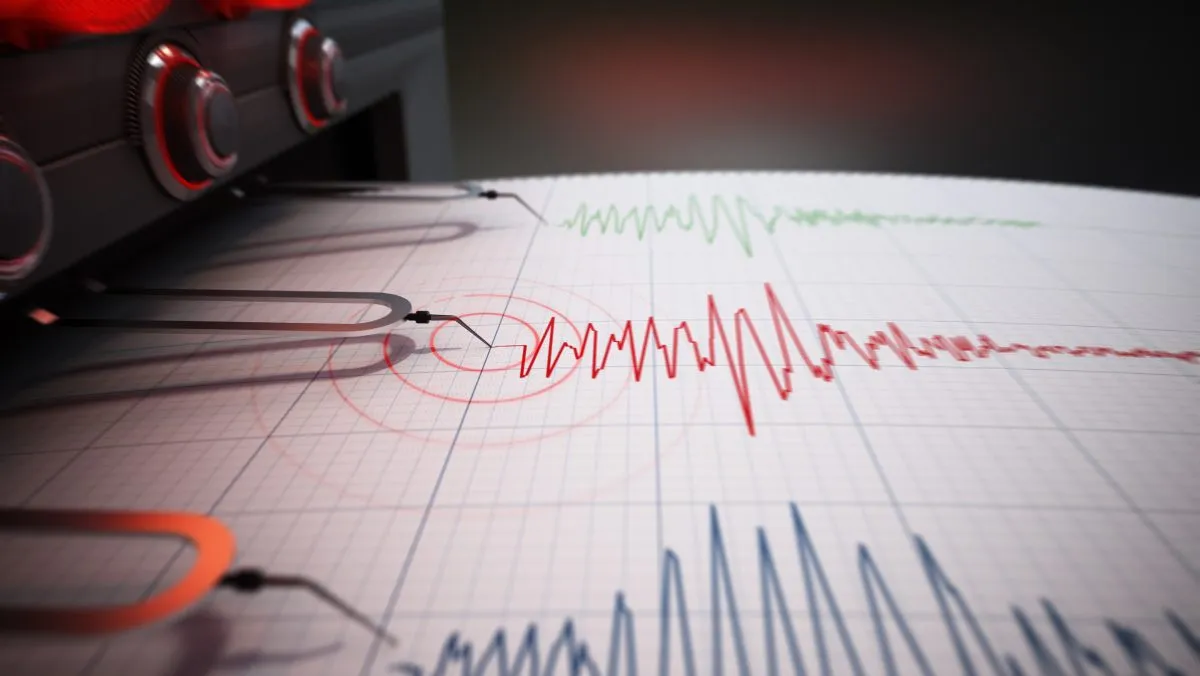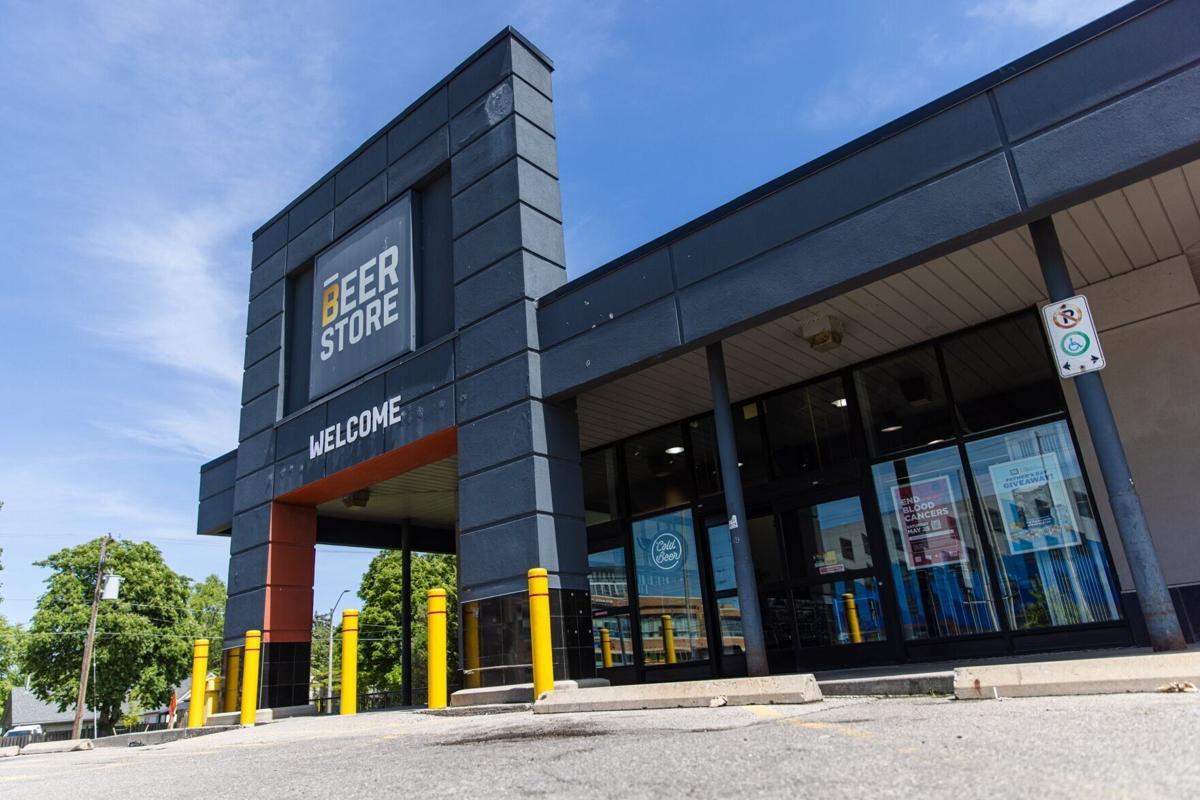Earthquake felt in El Paso and the surrounding Borderland area on a late Friday Night.
On the night of Friday, February 14, 2025, residents across El Paso and the larger Borderland region experienced a significant seismic event that rattled windows, sent ripples through nerves, and prompted concerns across the area:) The earthquake, which struck late in the evening, was felt by thousands of people in the region, disrupting normal routines and sparking conversations about preparedness and safety.
This article examines the events surrounding the earthquake, how it impacted the community, and what it means for “future preparedness” in a region that is no stranger to seismic activity.
The Earthquake: Timeline and Details
The earthquake struck at approximately “10:47 PM” local time, registering a “magnitude 5.9” on the “Richter Scale”:) The epicenter was located roughly “60 miles southwest of El Paso”, near the “Franklin Mountains” along the U.S.-Mexico border:) Given the proximity of the epicenter to El Paso, the tremor was felt strongly in the downtown area, and the shockwave reached out to neighboring cities like “Las Cruces” in New Mexico, “Juarez”in Mexico, and “Albuquerque”, which lies further to the north.
Though the tremor was brief, lasting only about “10-15 seconds”, its strength and timing made it a notable event in a region that rarely experiences seismic activity of such magnitude:) Early reports indicated that the shaking was enough to cause minor property damage in some areas, but no fatalities or major injuries had been confirmed at the time of this writing:) The quake was preceded by several smaller foreshocks, which were detected hours earlier, raising concerns about the potential for an aftershock series.
Regional Impact: How the Borderland Felt the Quake
The “Borderland”, which refers to the region straddling the U.S.-Mexico border, has always been a unique geographical and cultural area:) It is home to millions of people, and the communities on both sides of the border share cultural, economic, and familial ties:) This earthquake affected both the U.S. side, particularly in El Paso, and the Mexican side, especially in “Ciudad Juarez”.
“In El Paso”, residents reported feeling the ground shake with intensity:) The tremor caused “alarm systems in buildings” to go off, and people in downtown El Paso evacuated from high-rise buildings, many of which sway during seismic activity:) “I thought it was a truck rumbling by, but then it lasted longer,” said Maria Salazar, an El Paso resident:) “When the shaking didn’t stop, I realized it was an earthquake.”
Several neighborhoods in the “east side” of El Paso experienced more significant shaking, while areas closer to the city’s core were less affected:) “Shattered windows”, “small cracks in the walls”, and “items knocked off shelves” were among the most commonly reported damages.
“In Ciudad Juarez”, across the border, the shaking was felt strongly as well:) Authorities in Juarez reported similar minor damages to infrastructure, including cracks in buildings, overturned objects, and some roadways buckling in places:) Traffic lights in the city went out temporarily, leading to minor disruptions, though the local police quickly ensured smooth traffic flow until power was restored.
In “Las Cruces”, New Mexico, about “45 miles north of El Paso”, the tremor was felt strongly, and several residents reported their homes shaking, although no significant damage was reported:) “Socorro”, a smaller town between El Paso and Las Cruces, reported similar tremors.
Interestingly, the earthquake was felt in several other cities further out in New Mexico, Arizona, and even as far as “Tucson, Arizona”, where some residents noticed small vibrations in their homes. However, as the earthquake’s epicenter was located so close to El Paso, its impact on these more distant regions was notably weaker.
Immediate Response: Authorities Mobilize
In the immediate aftermath of the earthquake, local and federal authorities went into action to assess damage and ensure public safety:) “The El Paso Fire Department” and “police” were quickly dispatched to monitor potential hazards, such as “gas leaks” and “structural damage”. Thankfully, reports indicated that critical infrastructure, such as power plants and water facilities, had largely remained undamaged.
Emergency response teams conducted thorough checks on buildings, particularly in “downtown El Paso”, where many older structures are not built with modern seismic resilience:) The authorities were also concerned about potential “aftershocks”, which are common following larger earthquakes, but initial reports indicated that no major aftershocks had hit the region in the hours immediately following the main quake.
Several local emergency shelters were set up for residents who were nervous about returning to their homes:) The “American Red Cross” activated its emergency response services, offering both physical and emotional support to affected residents.
Power outages were reported in several neighborhoods throughout El Paso, but they were largely restored within a few hours:) The “El Paso Electric Company” quickly worked to restore power, and officials assured residents that the utility infrastructure remained in good condition, despite the initial disruptions.
Seismic Activity in the Borderland: A Rare Occurrence
Though earthquakes are relatively rare in the region, the “El Paso-Juarez area” is not completely free from seismic activity:) The “Franklin Mountains”, which sit near El Paso, are part of a fault line that is known for periodic seismic tremors:) While this particular earthquake was strong, larger events have occurred before in the region, though they are often not as frequent.
In 2022, a smaller earthquake with a magnitude of “4.7” struck a similar area but did not cause widespread damage or noticeable disruption:) However, the events of “February 14, 2025”, were significant enough to raise questions about the seismic vulnerability of the region, especially considering how populated El Paso has become in recent years.
Geologists have long known that the “Rio Grande Rift”, which runs through the Borderland, has the potential to generate larger seismic events:) While the rift is more well-known for its volcanic history, it also features fault lines capable of producing earthquakes. While the risk of a major earthquake occurring in this area is generally considered low compared to regions like California, the “2025 earthquake” has reminded residents that they are not entirely immune to such events.
In a region as densely populated as the Borderland, the potential for an earthquake to cause significant damage is something that needs to be taken seriously:) Building codes and construction practices have evolved in response to previous events, but the “need for earthquake preparedness” remains as relevant as ever.
Preparing for the Next Quake: What Can Be Done?
For El Paso residents and those across the Borderland, the “February 2025 earthquake” served as a wake-up call for how the community might respond to a larger seismic event:) Authorities have long advocated for better earthquake preparedness, and after this incident, it seems clear that more public education and action may be needed to ensure the safety of those living in the region.
Steps include:
- Building Reinforcement: Many older buildings in El Paso and Juarez were not originally constructed with modern seismic standards in mind:) Retrofitting existing buildings with earthquake-resistant technologies is crucial for reducing the risk of collapse or severe damage in future quakes.
- Public Education: Offering more resources on how to prepare for earthquakes, such as creating emergency kits, identifying safe spots in homes, and having a family emergency plan, would be vital for helping people respond effectively in future situations:)
- Infrastructure Resilience: Ensuring that critical infrastructure, such as hospitals, schools, and utilities, is resilient to earthquakes would help mitigate disruptions:) Many of these systems were designed without considering seismic risks, so retrofitting them for future earthquakes is key.
- Community Awareness: Increased awareness of earthquake risks and the potential for aftershocks will help reduce panic and confusion in the event of a future earthquake:) Local authorities can assist in preparing citizens for how to react calmly and safely.
Looking Ahead: The Future of Seismic Safety in the Borderland
Though the earthquake of February 14, 2025, was not a catastrophic event, it has underscored the importance of being prepared for seismic activity in a region like the Borderland:) As the population of El Paso continues to grow, the potential for a larger earthquake remains a concern for public safety and infrastructure.
The region’s history of seismic events, although not extensive, suggests that vigilance and preparedness are crucial:) The earthquake that struck on a Friday night serves as an important reminder that, while earthquakes are rare, they are a reality that cannot be ignored.
As residents of El Paso, Ciudad Juarez, and surrounding areas continue to recover from the shock of the event, they are left with the lessons learned from the “February 14 earthquake”: preparedness, quick response, and community resilience are key in navigating the challenges posed by the unpredictable forces of nature:)
Summary
The late-night earthquake that rattled El Paso and the surrounding Borderland region on February 14, 2025, is a stark reminder of the seismic potential that exists along the “U.S.-Mexico border”. While the damage was minimal, the event raised concerns about the region’s preparedness for future earthquakes:) The event highlights the importance of “seismic safety”, “building resilience”, and “community preparedness” to mitigate potential risks and ensure the safety of residents across the region in the event of a larger earthquake.
As authorities work to assess the damage and ensure that the infrastructure remains intact, the residents of El Paso and Juarez, along with their neighbors across the Borderland, will undoubtedly reflect on how best to prepare for what might come next:) whether that be aftershocks or something larger in the future.




